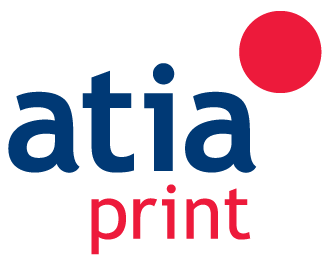What is lenticular printing?
Lenticular printing is a multi-stage process, which consists of creating a lenticular image from at least two existing images and combining it with a lenticular lens. This process can be used to produce printed images with an illusion of depth (3D effect) or to create a motion effect (animation), offsetting the various layers at different increments, or simply to show a set of alternating images. They may appear, disappear or transform into each other when viewed from different angles.
Effects
To obtain the desired effect, two or more images are sliced into strips, which are then interlaced into one common file. The technology we have allows us to combine nine different images in one file and print images of up to 120 x 180 cm. The interlaced image can be printed directly to the back of the lenticular lens.
It is an extruded piece of plastic with a series of cylindrical lenses over its entire surface. Quality and accurate printing of the image on it is essential for the final effect.
The lenses are accurately aligned with the interlaces of the image, so that light reflected off each strip is refracted in a slightly different direction, relying on the binocular human vision. Simply put, the distance of about 5 cm between our two eyes determines for each of them to see the world from a different angle.
The end result is that a single eye looking at the print sees a single whole image, but two eyes will see different images, which leads to a stereoscopic 3D perception.

